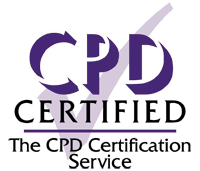1 November 2017
| Jayesh Doshi, Asad Qayyum, Bradley John Storey, Thomas D Milner
A career in otolaryngology is fascinating, fulfilling and fun, but how do we convince our potential successors? Jay Doshi, Asad Qayyum, Bradley Storey and Tom Milner outline the fantastic efforts to showcase ENT throughout the UK. Student and foundation doctors...

